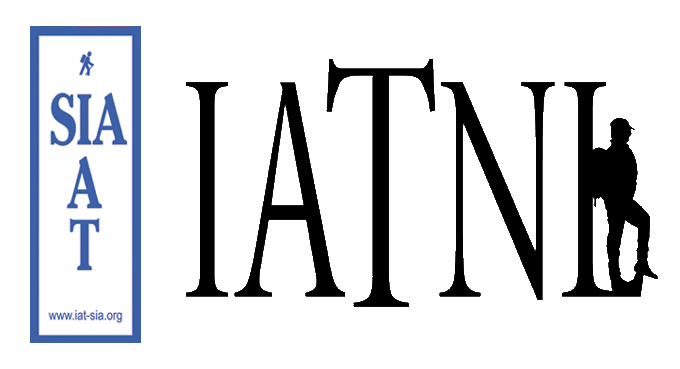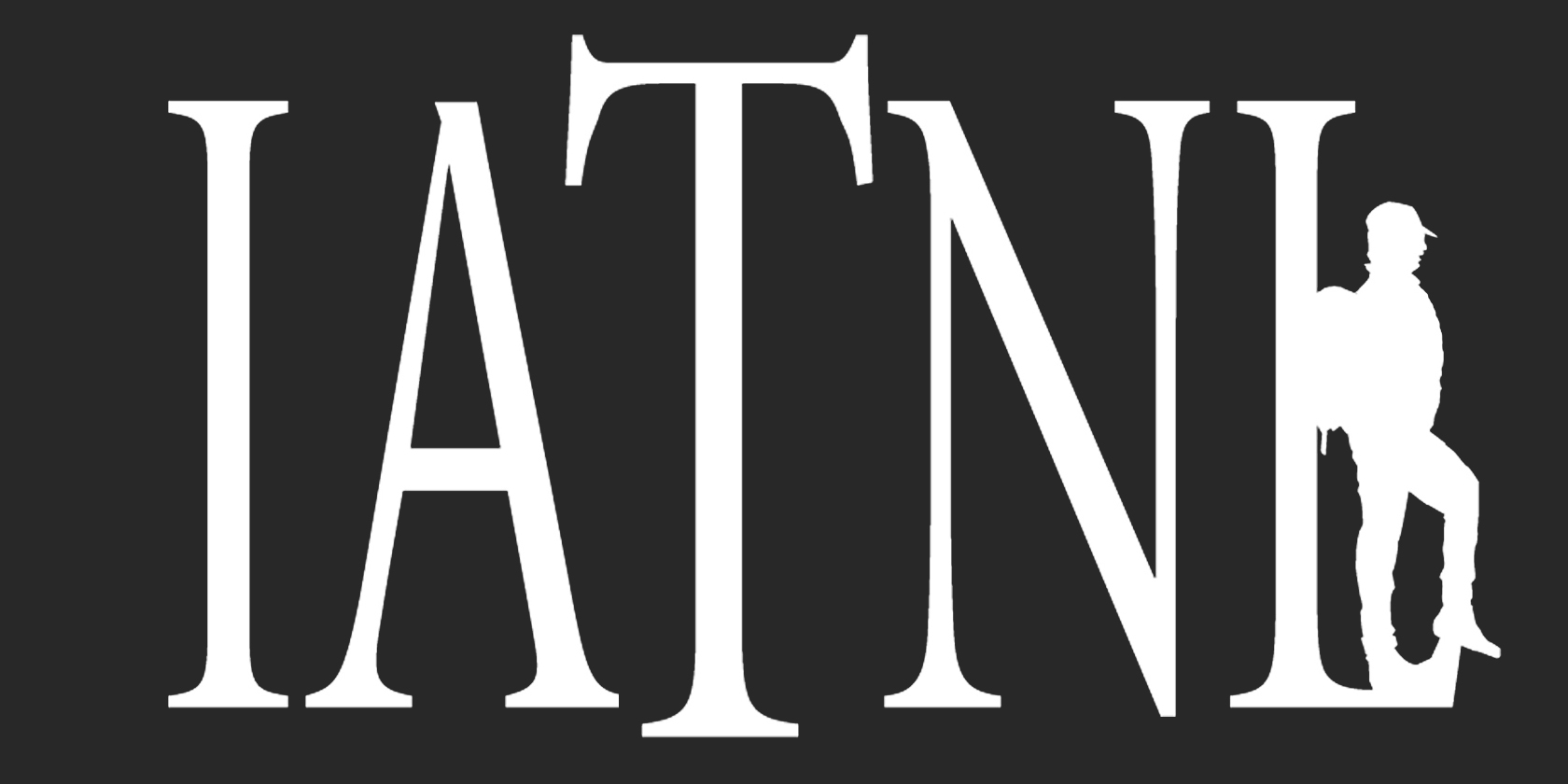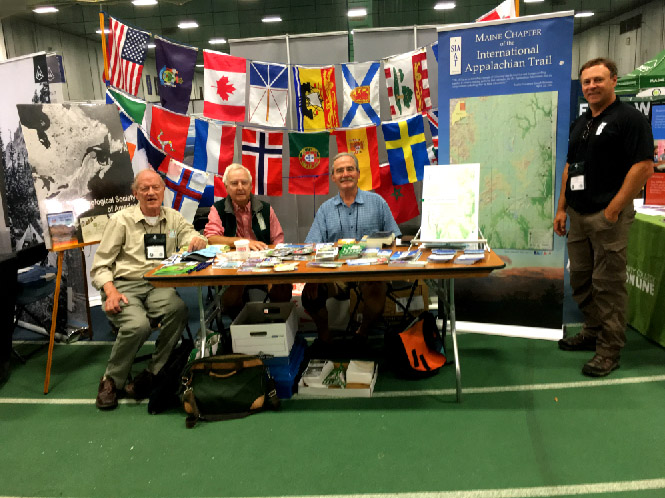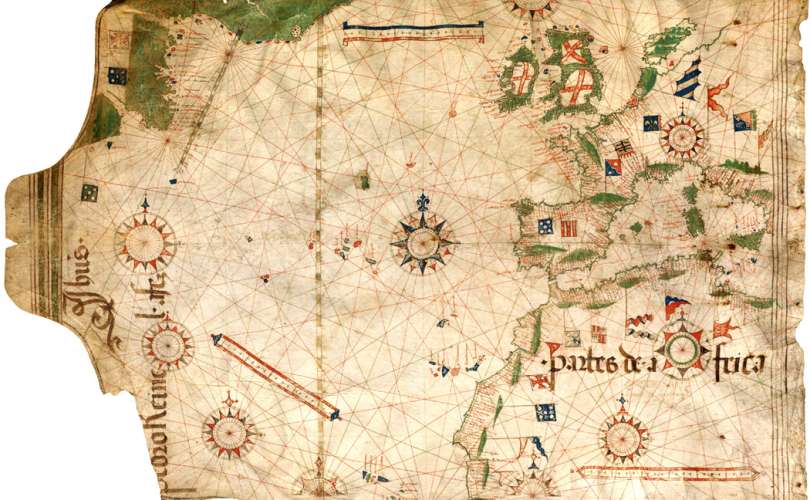The Appalachian Trail Conservancy held the workshop and business component of its 2017 Biennial Conference at Colby College in Waterville, Maine, between Friday, August 4th and Sunday, August 5th.

The International Appalachian Trail was well-represented by a North American contingent, including Maine Chapter Board Members Dick Anderson, Don Hudson, Earl Raymond, and Herb Hartman, as well as Poul Jorgensen from New Brunswick and Paul Wylezol from Newfoundland.

(L-R) Dick Anderson, Earl Raymond, Don Hudson and Paul Wylezol at the IAT booth
The IAT workshops were well attended, beginning with a presentation by Poul Jorgensen of Sentier NB Trails, which included a nice glimpse of the new southern route for the IAT — from Perth Andover to St. John, and on to southeastern New Brunswick and the links to PEI and Nova Scotia. The IAT is a bit like the Silk Road, as it is a network of trails that lead from Maine through Atlantic Canada to the North American terminus at Crow Head, Newfoundland, overlooking the UNESCO World Heritage site at L’anse aux Meadows.

IAT New Brunswick’s Poul Jorgensen discussing the southern route
IAT International Council co-chair Paul Wylezol followed up with an overview of IAT development across Europe, as well as an in-depth introduction to the Global Geopark system, now a UNESCO program on par with Man and the Biosphere and World Heritage program. Paul focused on ‘Drifting Apart’, the EU-funded collaboration of Geoparks around the North Atlantic Ocean Basin, which were inspired — he suspects — by the organizing geologic principles of the IAT. There are two Canadian partners in Drifting Apart, including Stonehammer Geopark in southwestern New Brunswick and Cabox Aspiring Geopark in Western Newfoundland, named after the highest point on the island and featuring the special tectonic history of the Bay of Islands and Humber Valley.

Central to IAT Newfoundland’s focus for the next few years is the 250th anniversary of James Cook surveying the coastline adjacent to the IAT and his subsequent selection by the British Admiralty and Royal Society to lead a voyage to the South Pacific to witness the transit of Venus and search for the fabled southern continent.
The afternoon workshop focused on the IAT in the new Katahdin Woods and Waters National Monument. Dick Anderson opened with the history of IAT Maine’s relationship with landowner Roxanne Quimby in 2004, and the succession of land acquisition, trail, and campsite building that brings us to the present time.

For more on the story, go to the IAT website





